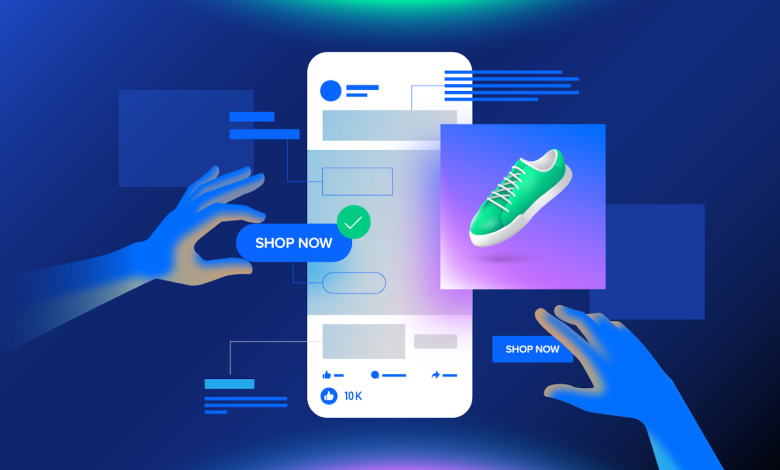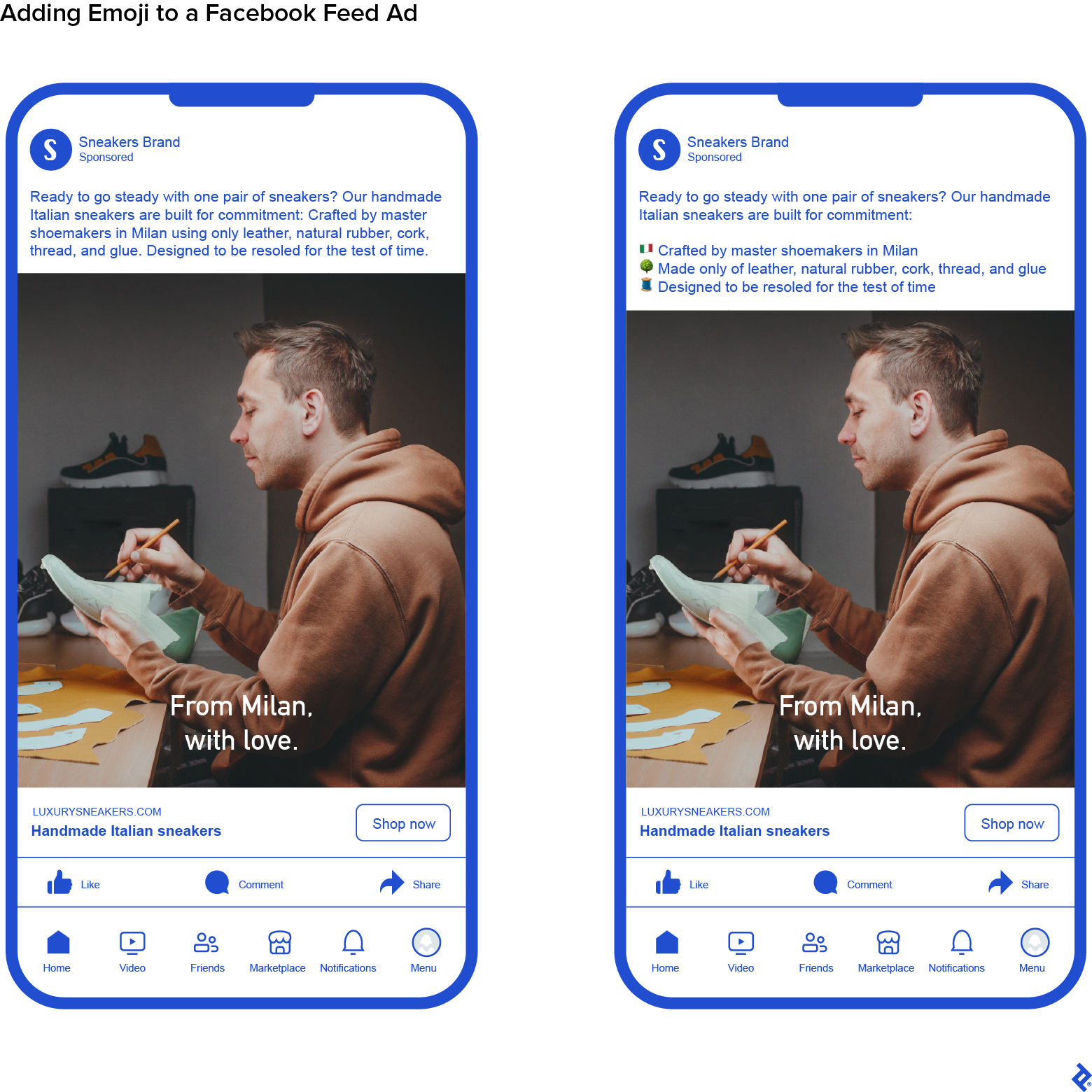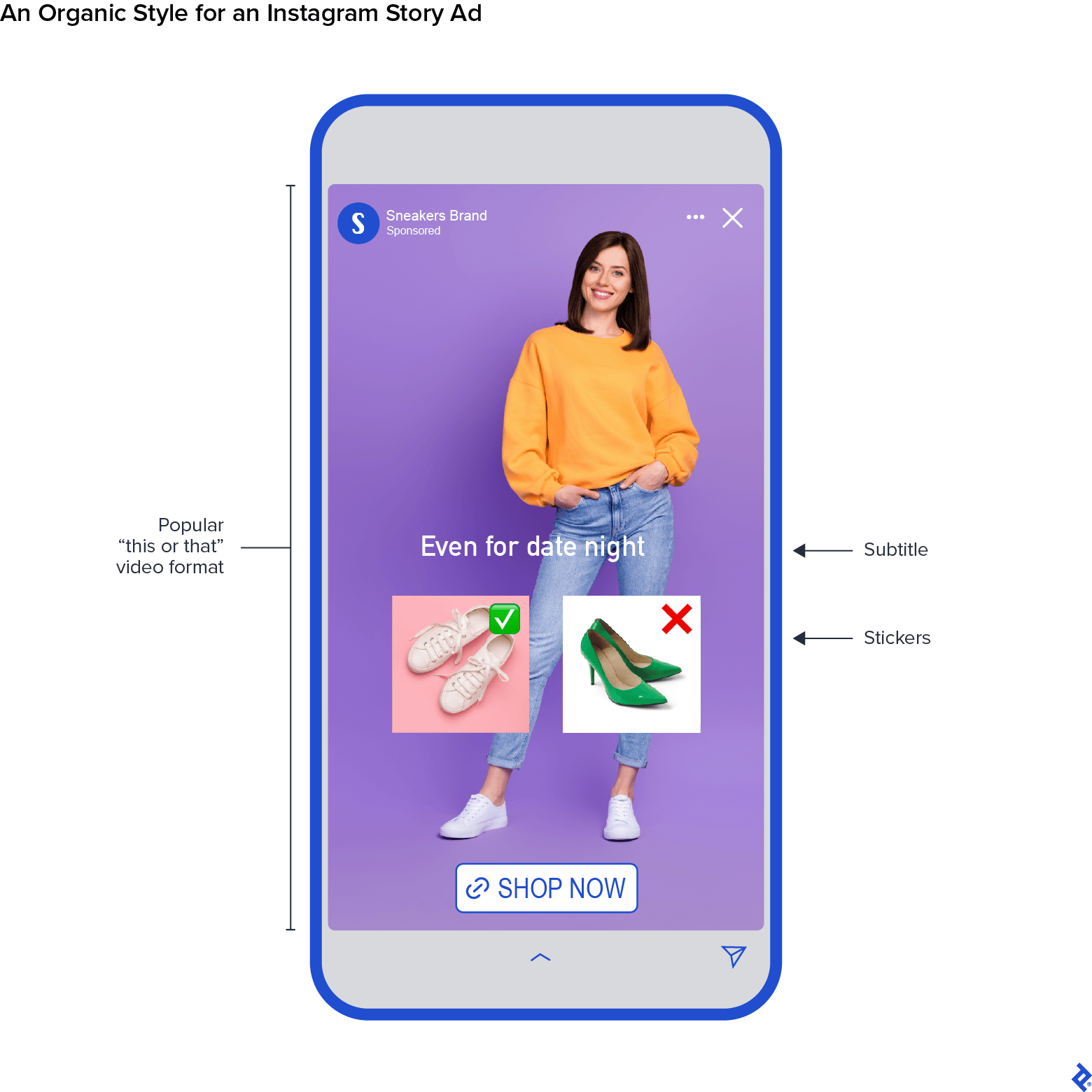Effective Facebook Ads: How to Create Successful Campaigns

When it comes to social media marketing, the hook comes first. The competition for paid social advertising is growing, so ad creative has to be thumb-stopping.
Recent research suggests that businesses spend an average of 17% of their marketing budgets on social media, a figure that is projected to increase to 26% by 2028. Facebook and Instagram are especially important platforms for social media marketing due to their enormous user bases, rich display options, and precise targeting options.
Meta Ads Manager makes it easy to run ads for both platforms with minimal customizations. But much of the creative strategy happens before you upload your marketing assets to the tool.
5 Proven Tips For Creating Effective Facebook Ads
As a marketer with almost a decade of experience in growth-oriented digital marketing, I’ve developed creative tips for Facebook ads that blend visuals and text into dynamic, engaging formats. These tips, based on real-world testing and iteration, have helped clients increase clicks and conversions by up to 60% on Meta’s platforms. Follow along and learn how to apply these best practices for your next campaign on both Facebook and Instagram.
1. How to Create Effective Facebook Video Ads
To maximize the value of video ads on Facebook and Instagram, I ask creators to develop different versions of the hook—the first attention-grabbing seconds of an ad. We can then sub these modular hooks in and out based on performance.
I use modular hooks for all video content on Facebook and Instagram, including user-generated content (UGC). This content type is highly valuable because of its relatability and potential for fostering communities. When I collaborate with a UGC creator on a new video, I ask them to record multiple versions of the hook using emotional, humorous, or informational scripts. These hooks can be combined with the same content modules for the remainder of the ad, ensuring that the most critical seconds of the video can be optimized without recording multiple ads from beginning to end.
For companies with a library of UGC content, I recommend using a tool like Recharm, which allows for simple video editing. It automatically splits and sorts videos into modules, enabling rapid plug-and-play assembly. Regularly refreshing and testing various types of UGC in your ads keeps your content relevant to your target audience, enabling you to explore different emotional and informational elements of your brand storytelling.
2. How to Design Effective Facebook Photo Ads
Designing text overlays for photo ads can significantly increase their impact on Facebook and Instagram. Based on A/B testing, I’ve discovered that social media users are increasingly unlikely to stop and engage with a non-video ad when the headline runs only in the standard text fields surrounding the image, even when the company has excellent product or lifestyle imagery.
When a headline is placed directly over the same image and formatted with strong typography, it increases comprehension and makes the user more likely to engage with the ad.

Headline overlays must be clear and concise to ensure the ad stands out in a social feed. Adding the image overlay provides an opportunity to think creatively about the messaging hierarchy, even if the same headline runs in the standard text fields. The overlay can include multiple components, such as the brand name and a call to action.
After implementing text overlays, one subscription food brand I worked with saw an immediate improvement in the click-through rate (CTR), which increased the conversion rate and lowered the overall cost per acquisition. I’ve found that it isn’t uncommon for companies to see an initial 40% to 60% CTR increase when switching to this approach.
3. How to Write Engaging Facebook Ad Copy
Emoji and bulleted lists make Facebook and Instagram ad copy more visually appealing and easier to digest, especially when the text is longer than one sentence. This leads to higher CTR and creates variety in your ad units.

Emoji introduce personality and reinforce brand identity and should be carefully chosen to complement the brand. Emoji aren’t suitable for every business context—for example, a traditional professional services firm might opt for a simple bulleted approach.
4. How to Incorporate Organic Trends Into Facebook Ads
Incorporating current social media trends into paid ads on Facebook and Instagram can increase their resonance with your audience. Here are three creative tips for Facebook ads that draw inspiration from organic trends:
- Stay up to date on the latest memes. Meme culture offers a wellspring of shareable content. Brands can incorporate trending memes by creating ads that mimic their formatting and use humor to connect with their audience. For example, when the viral Calvin Klein ad featuring actor Jeremy Allen White swept onto the scene in early 2024, the luggage company Away parodied the ad photography, shooting its popular suitcase wearing Calvin Klein underwear on a New York City rooftop. Away posted the photos on social media almost immediately after the original campaign appeared, catching the wave at the prime moment.
- Add stylized subtitles and sticker overlays. Organic posts often use stylized subtitles and sticker overlays. A tool like Submagic can transform your ad creative with native-looking subtitles, automatically generating and formatting video overlays with the click of a button.
- Develop helpful content. Digital creators respond to an increasing demand for informative content on social media, such as short educational videos or how-to guides—and brands should do the same. Educational content establishes credibility and trust, helping customers feel confident investing in a product or service. This content type works both as UGC and as company-generated content.

5. How to Create Effective Carousel Ads for Facebook
Carousel ad units allow users to scroll through a gallery of products on Facebook and Instagram. But Meta says videos provide the highest return on ad spend—so I took the basic carousel idea and added video. I replicate the layout of a carousel ad in a video editor and place it beneath an eye-catching lifestyle video, a format I call “pseudo-gallery video ads.”
When a women’s accessory brand I work with began using this custom ad type, it generated a 50% to 60% increase in CTR and a notable 20% to 30% increase in conversion rate. The company now uses this format for all of its video ads.

This multimedia format offers the benefits of a top-performing video ad while allowing viewers to see additional styles or products and see the product in motion. The combination increases the likelihood of discovery and conversion.
How to Test and Scale Your Facebook Ads
Once you learn how to create effective Facebook ads that hit desired key performance indicators, it’s time to scale the ad unit for broader use. Two important guidelines:
- Scale incrementally. Don’t increase the daily budget by more than 20% in 24 hours for one ad set or campaign. Meta and other ad platforms prefer small, gradual increases in budgets; if you make significant budget changes daily, your ad sets may never exit the learning phase of Meta’s algorithm and will not perform as well.
- Keep testing. Continue experimenting with new creative approaches as you scale. Testing is an ongoing marketing task that deserves at least 10% of your paid media budget. After all, the same hook won’t work for every customer, nor will it resonate with the same customer again and again.
The ad creative strategies I’ve described have proven effective at driving growth, engagement, and conversion across several industries. Yet the combination of scaling and ongoing testing demands a strategic blend of targeted marketing, creative finesse, and a data-driven mindset. When done well, these strategies ensure customers can discover the products they desire.



